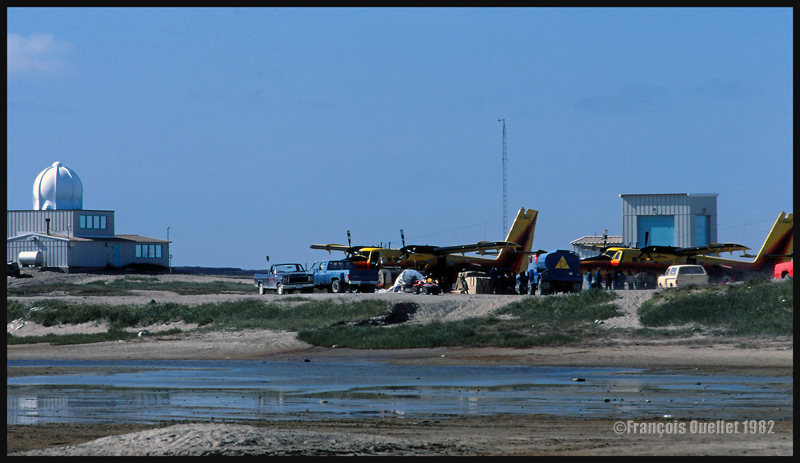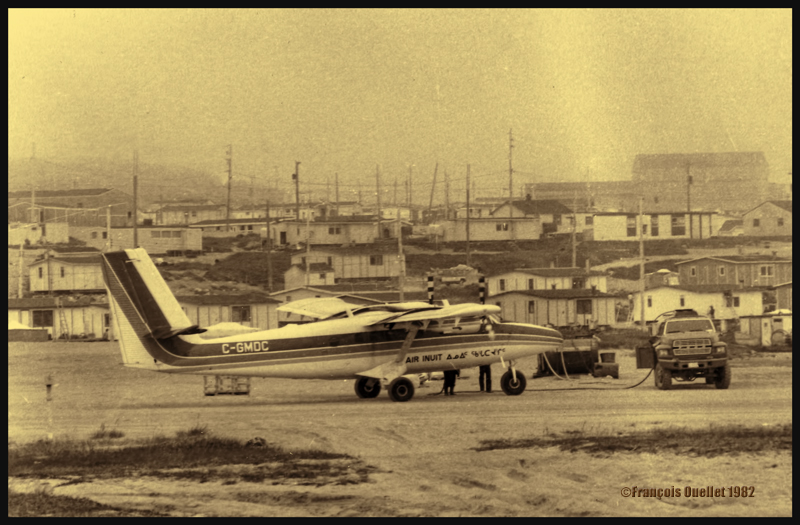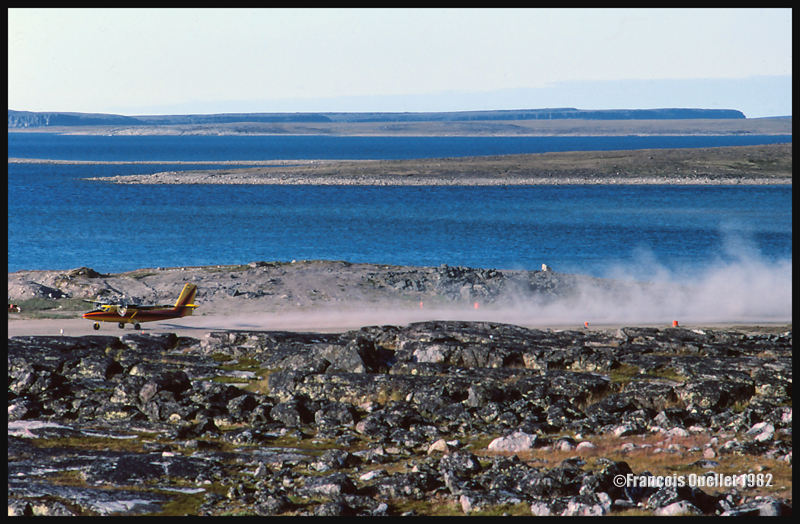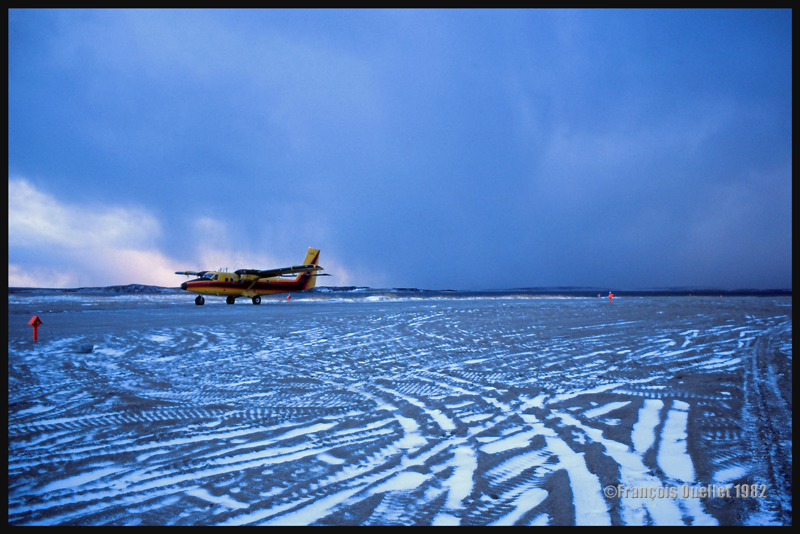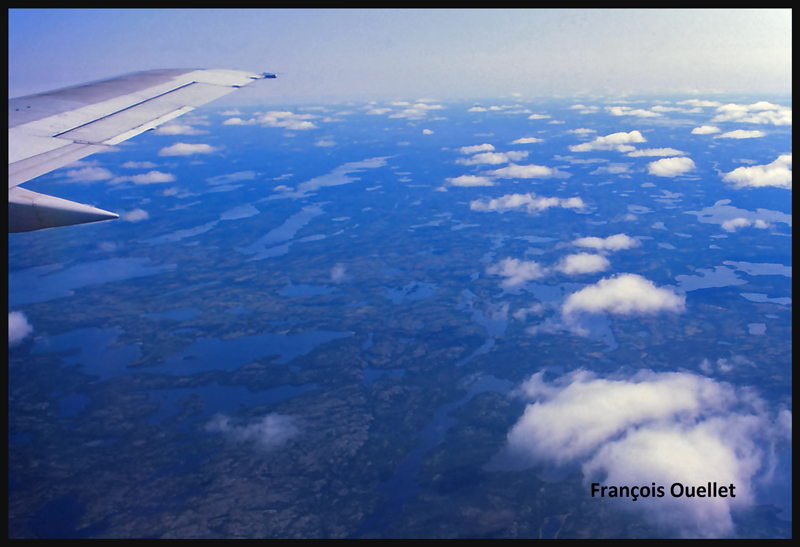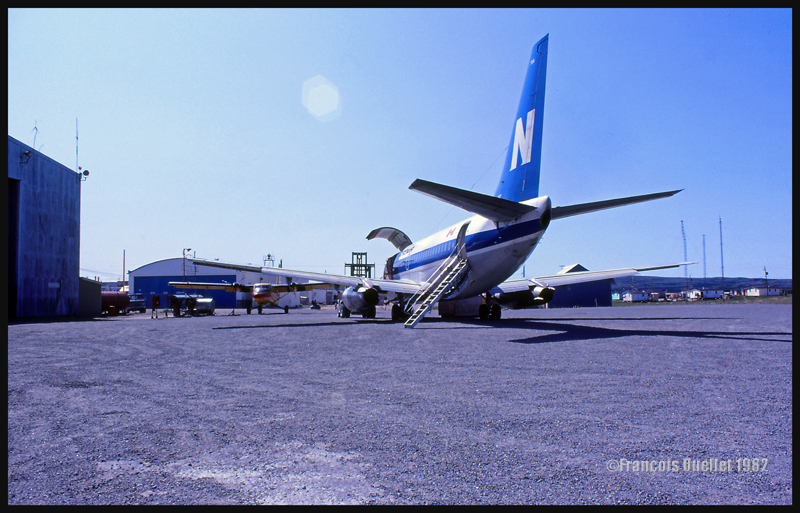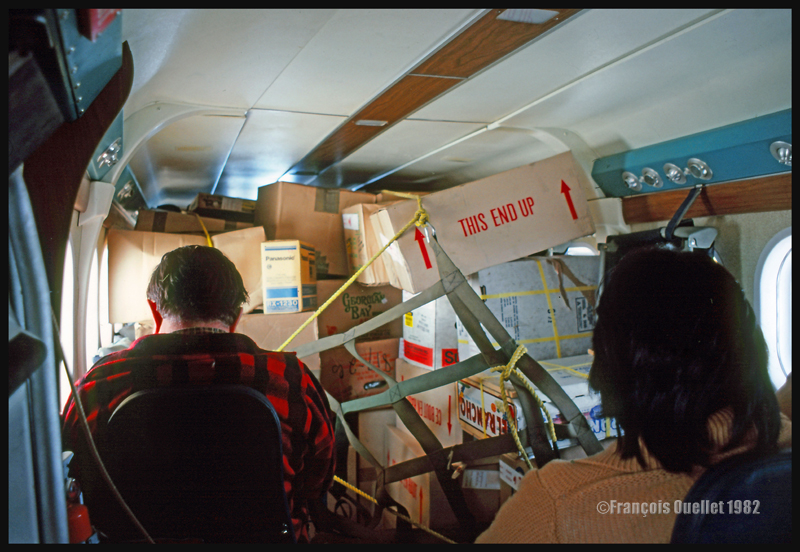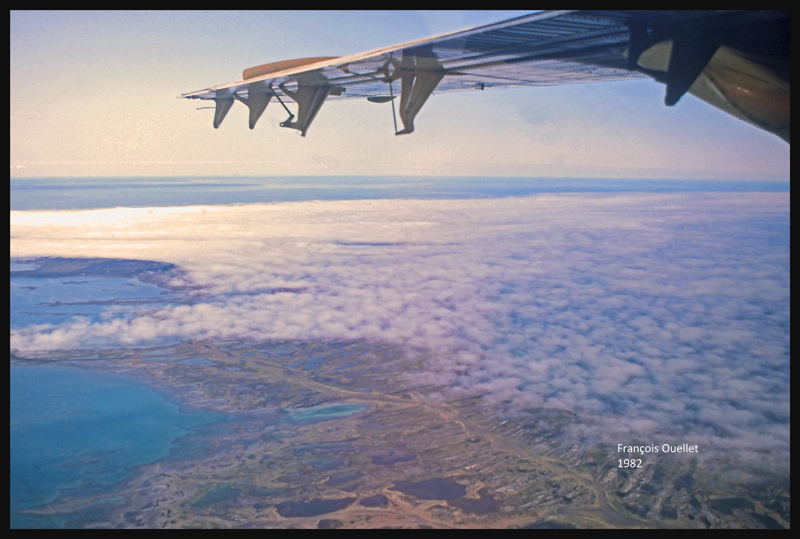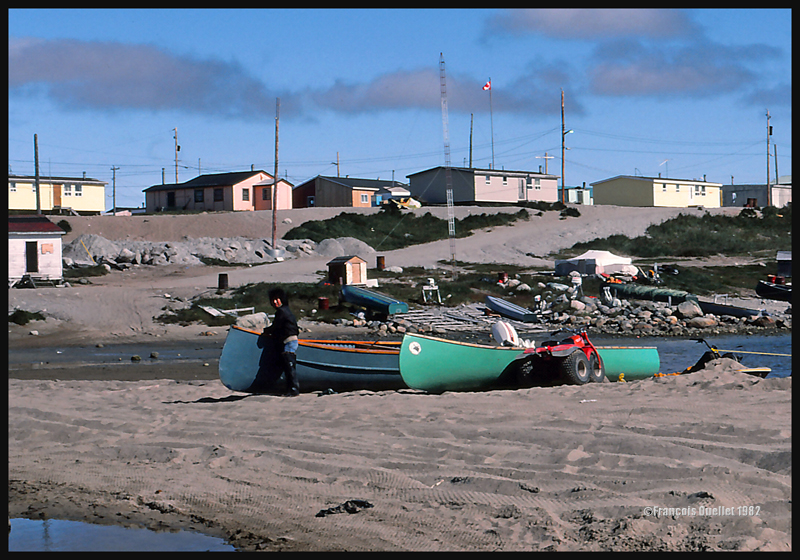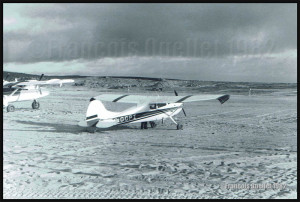(Precedent story: the manager who lost his appetite)
During the years the Transport Canada flight service station in Inukjuak (CYPH) was in operation, there was something an Austin Airways pilot could count on: on the arrival of the aircraft, there would often be somebody from the village waiting to give a hand in unloading the cargo or provide some kind of services to shorten the stopover time. The villagers were indeed regularly calling the flight service specialists (FSS) to know if there was any aircraft inbound, and if it was the case, what was the estimated time of arrival. We were used to questions like “What time plane?”, “Is that food plane?”, “Is that mail plane?”.
Upon landing, we could see, arriving from the village, a fuel truck and other pick-ups and Honda three wheelers. The postmaster came to fetch the mail, the villagers to meet passengers and family members, and the businessmen to unload their cargo or fuel the aircraft.
There was a similar interest regarding the arrival of the first vessels of the season, in late summer. Besides the occasional icebreaker presence, we witnessed the arrival of the Shell tanker, responsible to supply the villages along the Hudson Bay and Ungava Bay coasts. Barges loaded with heavy machinery and crated material were finally reaching Northern Quebec villages after more than a week of navigation, taking advantage of the low tide to deliver their cargo. Some of those vessels were damaged by ice and sometimes had to be repaired on the spot before they could resume their journey.
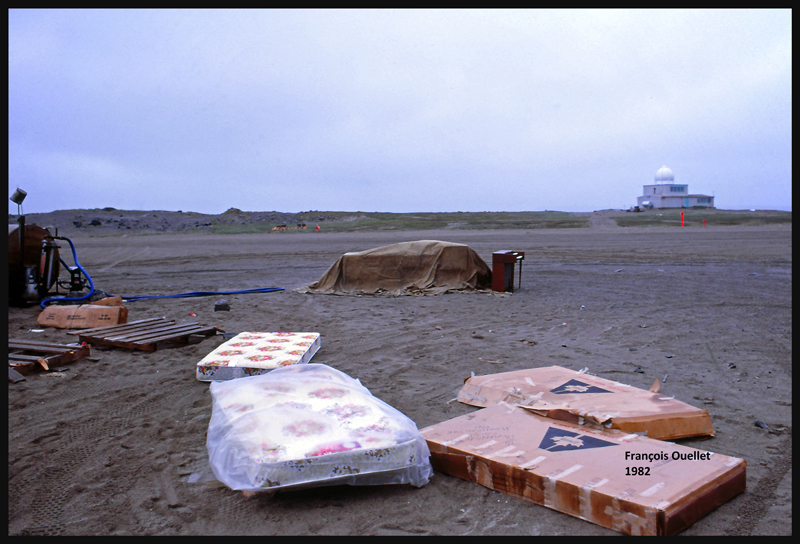
One day, an anti-submarine patrol aircraft CP140 Aurora having completed his work over Hudson Bay contacted us for air traffic services. Since its operations seemed momentarily completed and it was now moving to another area, he was asked to do a “low pass” above the station. The pilot agreed and soon enough, the airplane was zooming above our facilities disappearing moments later in the clouds. I still remember the flood of phone calls that the aircraft fly-by created. Unable to see the Aurora, now above the clouds, the villagers were asking: “Is that food plane? “,”Is that mail plane ? ” .
A low pass is sometimes requested to get a close-up of an aircraft and to allow the staff to hear the roaring engines as the aircraft zooms by the building. This also creates an opportunity to take a picture. Every pilot that I have known throughout the years would gladly accept this opportunity to add some action in his routine…
(Next story: the Inuit who wanted to shoot Whites with a .303 caliber rifle)
For more real life stories of a FSS in Inukjuak, click on the following link: Flight service specialist (FSS) in Inukjuak
